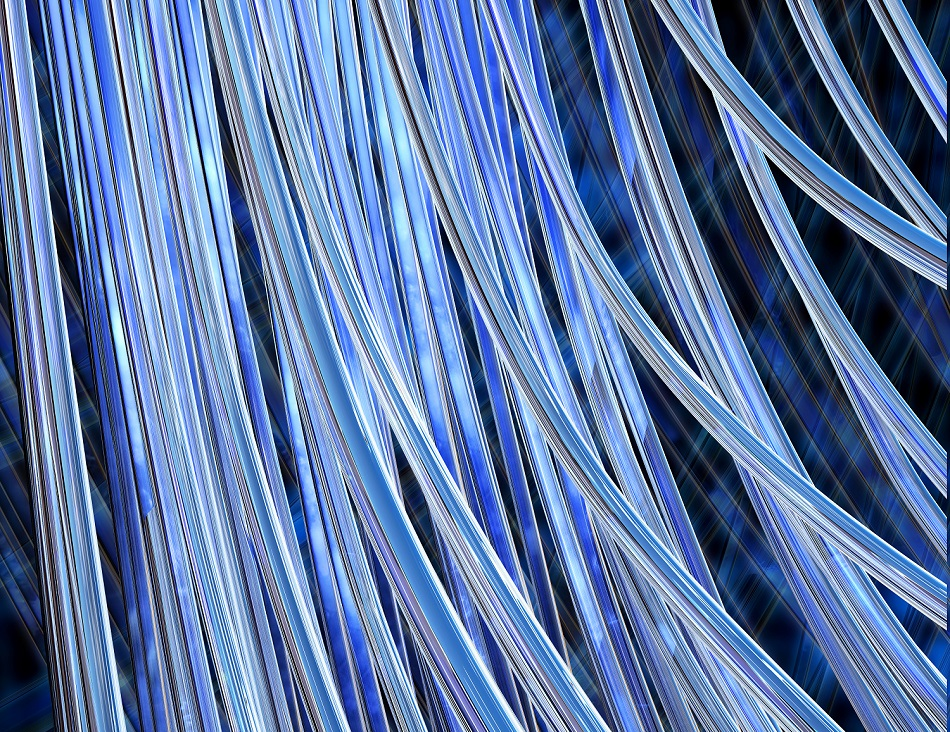Dec 23 2007

Image Credit: xrender/Shutterstock.com
Photonic crystals are materials which consist of a periodic structure in the nanometer scale, which is on the order of visible wavelengths of light. Photonic crystals use their periodic reflections, refractions, and interference to trap and guide light in an innovative manner.
The Properties of Photonic Crystals
The properties of photonic crystals are governed by a photonic band gap. The photonic band gap describes the range of frequencies of light that cannot propagate through the photonic crystal structure.
The photonic band gap can also be considered as an anti-resonance of the photonic crystal. The destructive interference stops the light from propagating at a particular frequency.
A large amount of interest has been generated by the development and the numerous applications of photonic crystal fibers. The photonic crystal field is one of the most currently active areas of optical research.
What is Photonic Crystal Fibers
Photonic crystal fibers or PCFs are optical fibers which are constructed using a two-layered, microstructured arrangement. The top layer consists of a material with a low refractive index, while the background layer is made from a material with a high refractive index. The material used for the background layer is usually undoped silica.
Air voids running along the length of the fiber are used to create regions with a low refractive index. Such air voids can be achieved by employing a preform with holes made by, for example, stacking capillary tubes. Plastics and soft glasses also permit the manufacturing of preform for photonic crystal fibers. Changing the configuration of the air voids within the photonic crystal fibers can give them different properties.
Manufacture of Photonic Crystal Fibers
Hair-thin photonic crystal fibers can be manufactured once the desired preform has been made and drawn to a fiber at high temperatures. Processing precautions need to be taken to preserve the air void arrangements during the drawing process.
Typically, photonic crystal fibers are coated with a protective coating to improve the handling properties of the fibers.
The most frequently used and simplest photonic crystal fiber contains air holes in a triangular pattern with where the center an air void or an array of air holes surrounding a solid core. The areas with the missing hole can be considered as having a higher refractive index. This setup is similar to the core in a conventional optical fiber.
Classification of Photonic Crystal Fibers
Photonic crystal fibers can be divided into two modes of operations based on the refractive index. They are sometimes referred to as high index guiding fibers and low index guiding fibers.
High Index Guiding Fibers
High index guiding fibers guide light into a solid core by a principle called Modified Total Internal Reflection, which is similar to conventional optical fibers. Total internal reflection is the result of the lower effective index in the microstructured air-filled region than the crystal structure.
The refractive index of the microstructured cladding within the photonic crystal fibers demonstrates wavelength-dependence that is very different from the core material. In other words, a higher-effective-index contrast between the core and cladding. This strong wavelength dependence of the refractive index permits the design of, for example, single-mode fibers.
Low Index Guiding Fibers
These are sometimes referred to as photonic bandgap fibers. They are based on a different design principle that is based on a photonic bandgap located in the cladding region.
A defect, such as an extra air hole, is used to create a core in the photonic bandgap fiber structure. This results in the creation of an area through which light can propagate. The light is trapped in the low index core as the photonic bandgap effect means that propagation in the microstructured cladding area is impossible. As the light can only propagate at the defect areas, a low index guiding core is formed.
Photonic bandgap fiber, therefore, opens new possibilities for guiding light in vacuum, in the air or any gas compatible with the fiber material.
Applications of Photonic Crystal Fibers
Here are some of the application examples of photonic crystal fibers:
- Fiber amplifiers and lasers
- Nonlinear devices
- Telecom components
- Fiber optic sensors
- Quantum optics
This article was updated on the 28th January, 2020